Progressing with your running exploits not only means getting faster and better; it will also lead to a natural desire to upgrade your running clothes. You will find yourself looking for comfortable running gear that enables maximum performance. However, knowing where to start as a beginner can get complicated. That makes this guide to the types of running pants a useful shopping companion. We will review different types of running pants, the importance of the right fabrics, and the leading brands in running wear technology. Let’s begin.
Need more detailed information about choosing running pants? Read The Ultimate Guide to Choosing Running Pants.
The Different Types of Running Pants
There are two main types of running pants: shorts and tights. Other less-used running pants are joggers. Running shorts are widely used during hotter seasons because they are well-ventilated. They come in varying materials, styles, and lengths and can be chosen depending on the type of running being undertaken. Running tights are versatile and suitable for year-round usage. Winter running pants keep runners warm during cold temperatures and have different characteristics to consider when selecting them, including compression, fit, and opacity. Some great safety and convenience features for your garments include reflective strips, elastic waistbands, and pockets.
The Importance of the Right Fabrics For Running
The right fabrics should support and not obstruct your exercise. Cosy, pliable, breathable, soft, and chafe-free materials are ideal for a thriving running wardrobe. Here are some suggested factors to include in your running pants checklist.
Running Shorts
Materials
Running shorts are typically made from polyester, blended nylon, or a polyester and spandex mix. These fabrics are perfect for moisture management, with added spandex providing stretchability. When choosing synthetic materials, always opt for shorts with an open weave, larger fibres, and anti-microbial properties for good aeration and freshness. Avoid natural fibres like cotton which can cause chafing.
Styles
V-notch seams and split seams are the two varieties of shorts available on the market, the former being the most popular. Split seams are great for performance-focused athletes because they allow an increased range of motion; on the other hand, v-notch pants are more common among trail runners.
Lengths
Shorts for running are generally shorter than leisure wear to facilitate motion, ventilation, and comfort. Ordinary v-notch seams tend to be longer than split seams.
Running Tights
Material
Since tights are body-hugging, they must be flexible, moisture-wicking, and breathable. A blend of polyester, nylon, and spandex best fits these requirements. Some might include natural materials like merino wool, bamboo, or cotton as a barrier against the elements. However, blending tights with natural fibres can cause them to hold moisture.
Compression
Compression clothing has entered the running pants conversation because of the many benefits of compression wear use. Compression running tights are speculated to offer assisted blood circulation, reduce muscle soreness, improve recovery, and more.
Fit
Finding the right fitting running pants might require some experimentation with sizes and brands. Leggings are also an option; they are not as tightly fitted as tights and are therefore not as restrictive. Selecting the best fit is a matter of preference.
Length
Tight lengths vary; knee-length, capris, and 7/8-length. Weather can be an important deciding factor, but like fit, running pants length depends on what you prefer.
Brands and The Technology of Running Pants
Numerous brands offer innovative running pants designed with performance and comfort in mind. Brands like Nike, Adidas, and Under Armour lead the market with advanced fabric technologies and ergonomic designs. They are available in the Athlete’s Foot Running Store.
Nike
Nike's running pants often feature Dri-FIT technology, which wicks moisture away from the body, keeping runners dry and snug. They also incorporate reflective elements for safety during low-light conditions.
Adidas
Adidas offers running pants with Climalite and Climacool technologies, designed to provide ventilation and moisture management. Their pants are known for their durable construction and ergonomic fit.
Under Armour
Under Armour running pants use HeatGear and ColdGear technologies to regulate body temperature under changing weather conditions. Their compression gear is also highly regarded for its support and recovery benefits.
Conclusion
The right types of running pants can set you up for comfort and performance during your run. Knowing the different types, materials, and features can help you decide on the length and fit that elevates your running experience. There's a perfect pair of running pants out there for you, whatever your comfort level. Remember to consider the specific needs of your running routine and personal preferences when making your choice. Happy running!
Ready to upgrade your running clothes? Visit The Athlete's Foot Running Store for a wide selection ofhigh-performance running pants. Exploretop brands, innovative technologies, and styles that will keep you comfortable and enhance your performance. Shop now and findthe perfect running pants to suit your needs!
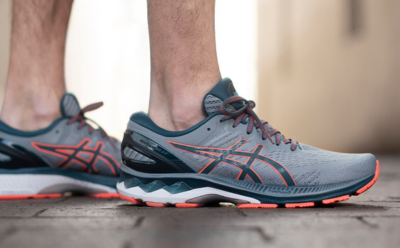
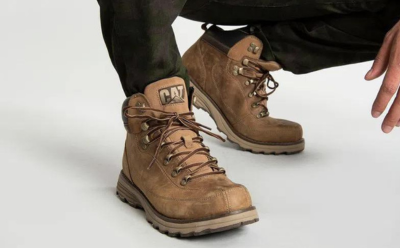
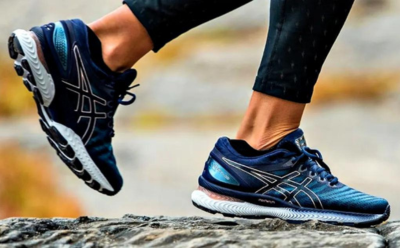
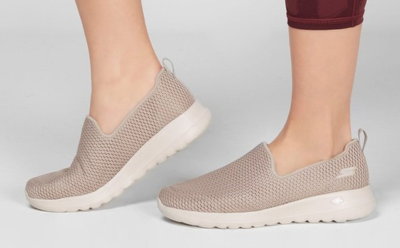
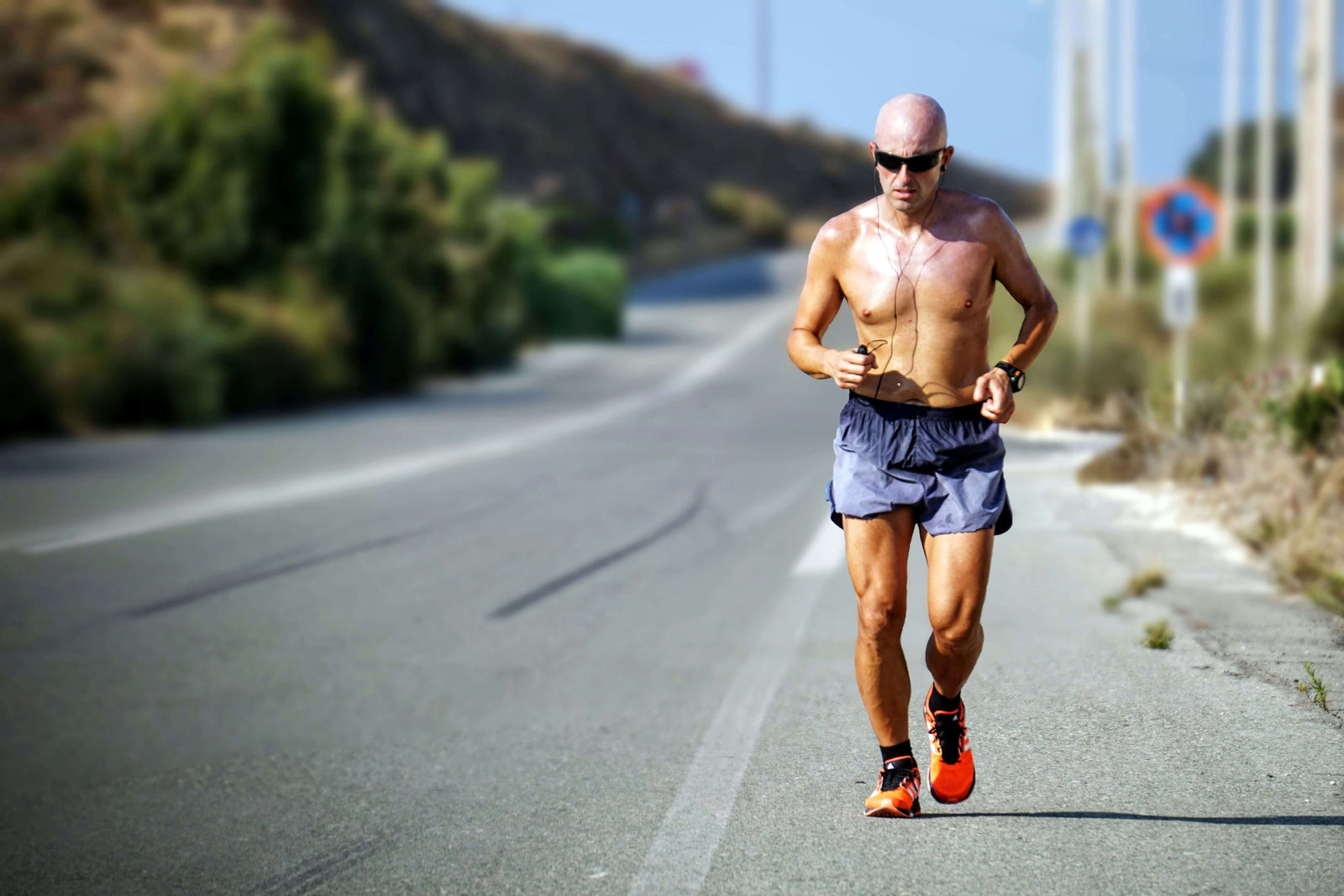

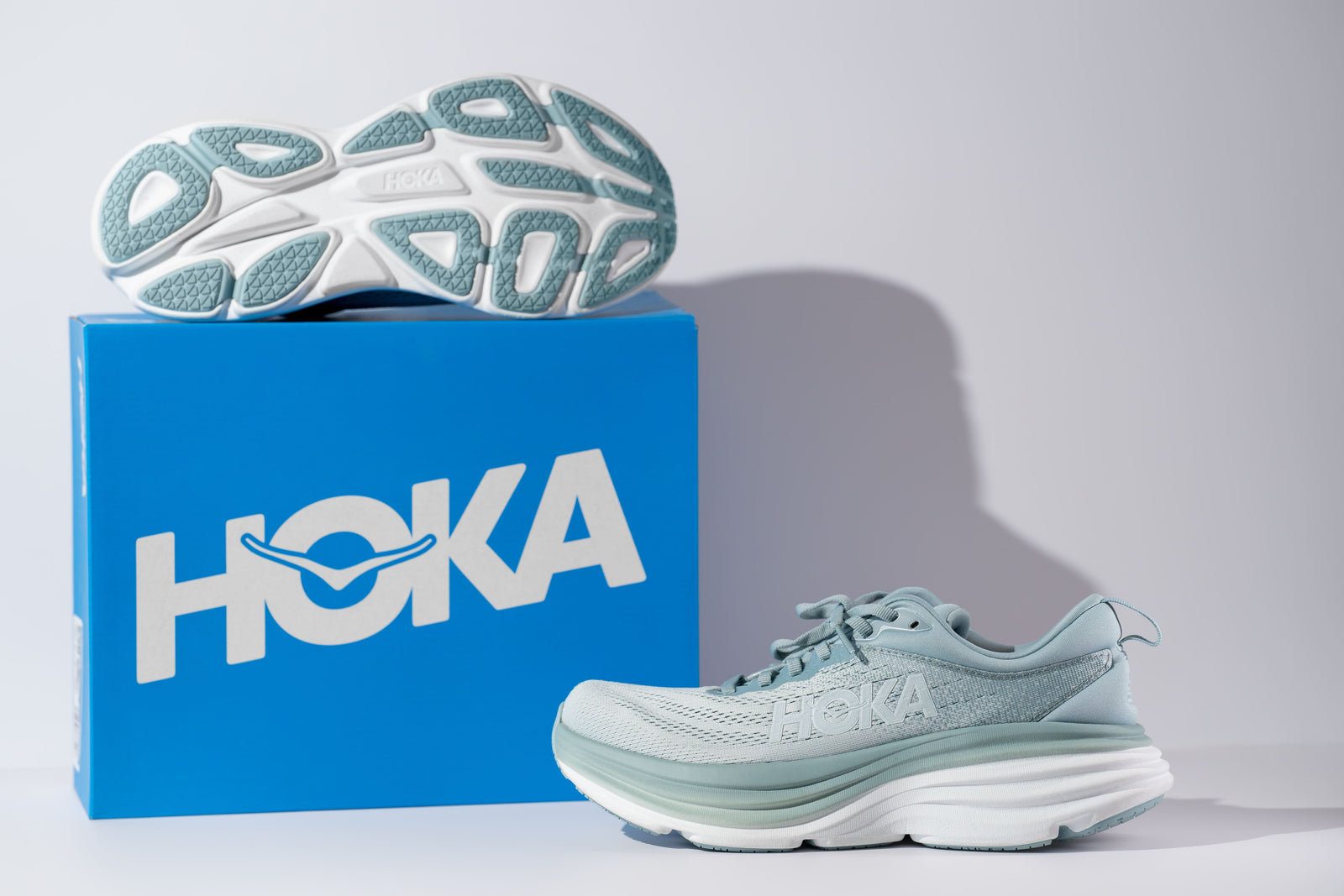
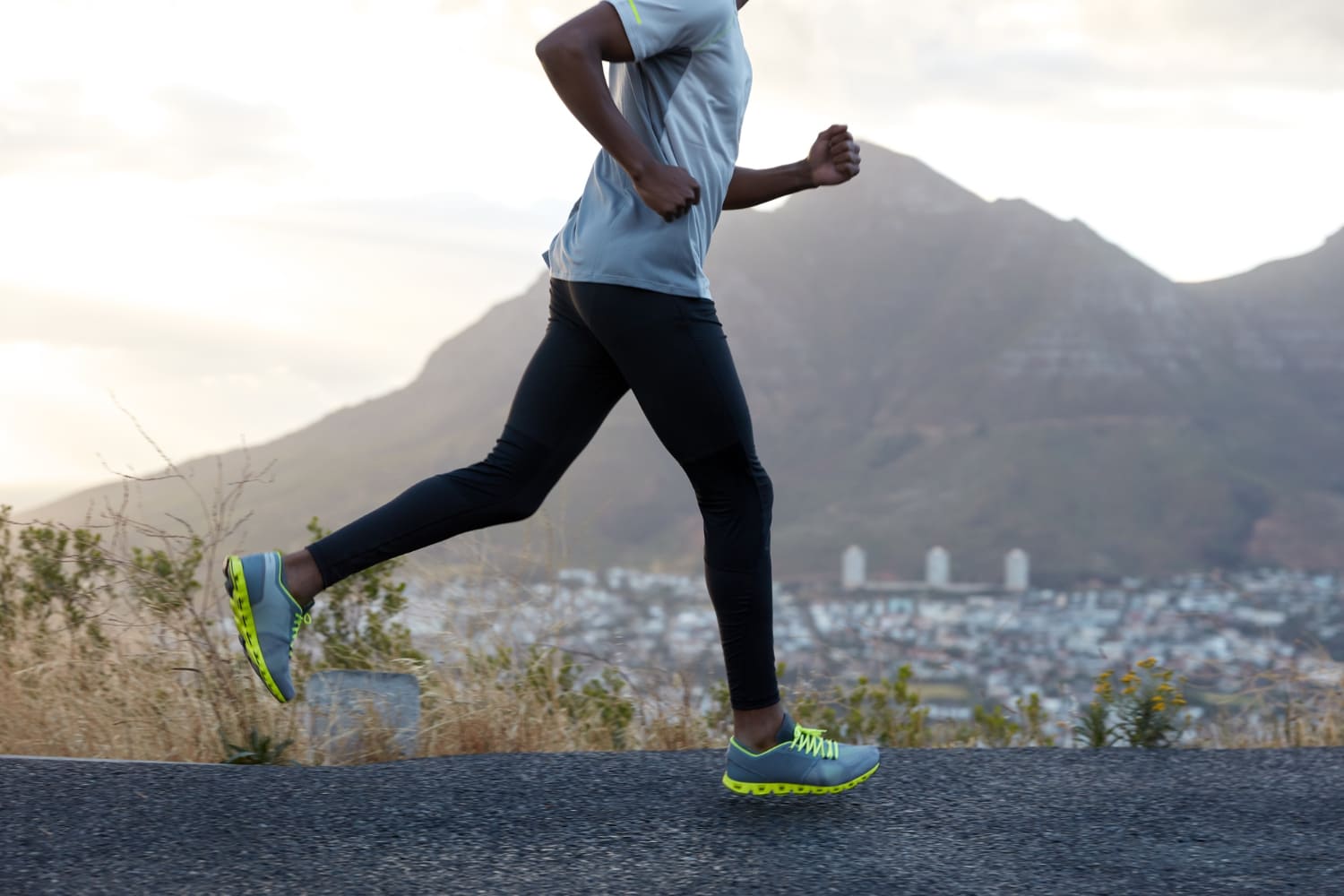
Leave a comment (all fields required)